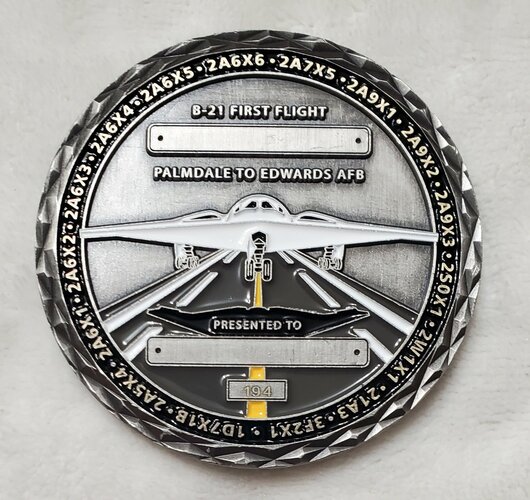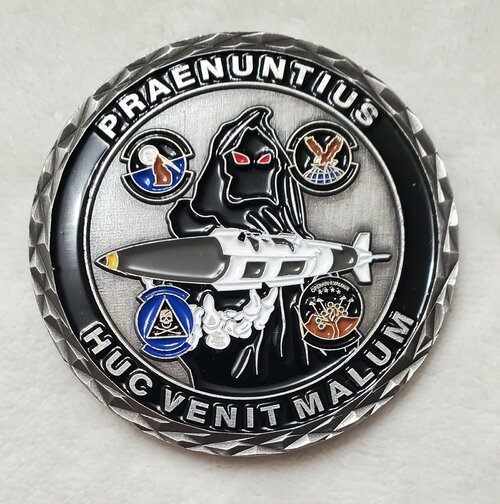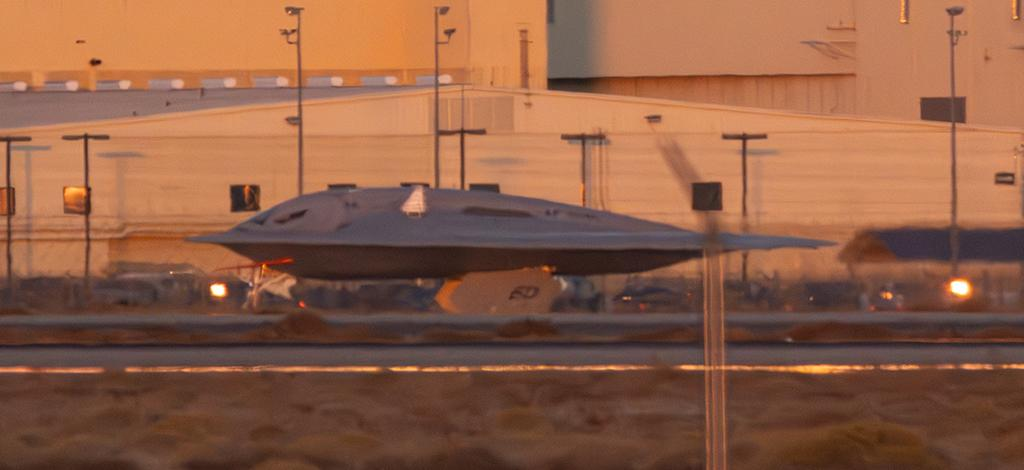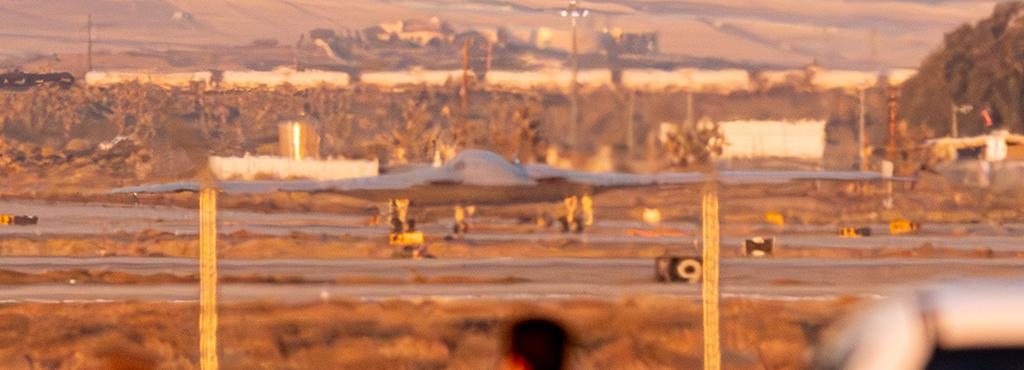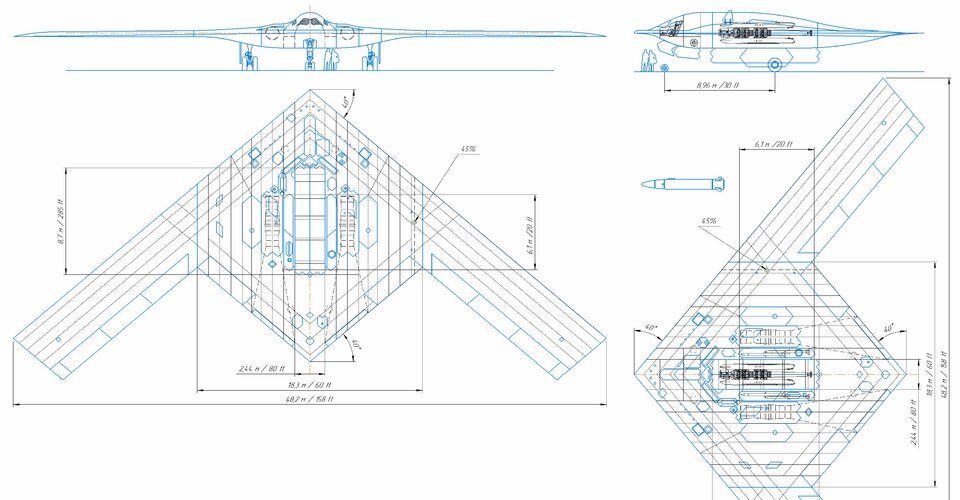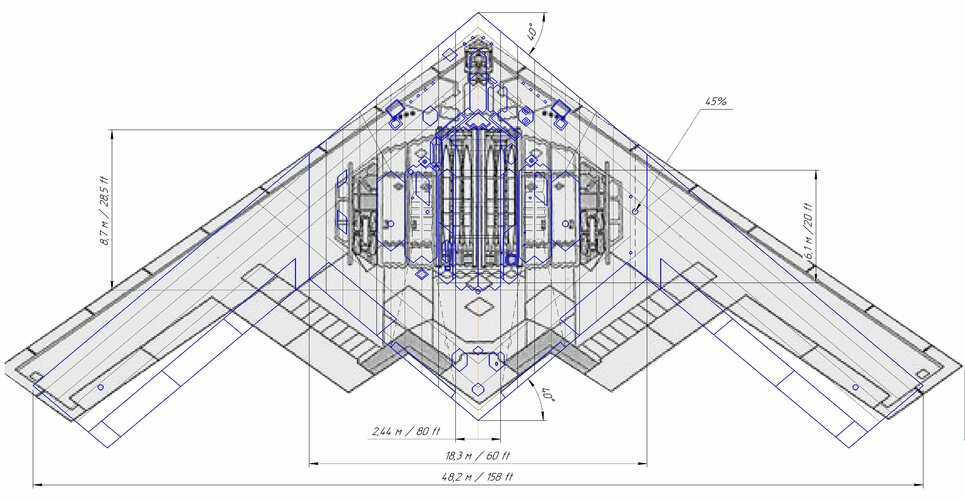- Joined
- 2 August 2006
- Messages
- 3,175
- Reaction score
- 1,159
Northrop bland press release on 10th November:
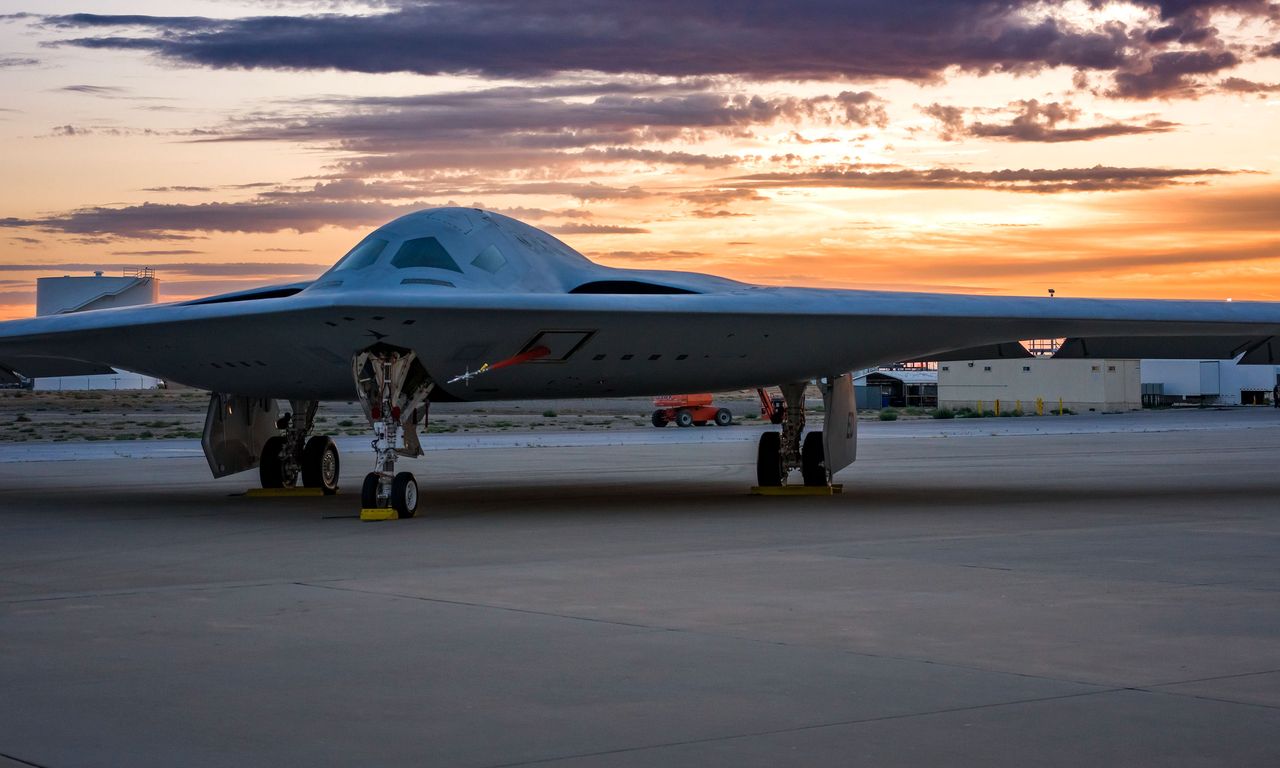
What You Need to Know About Northrop Grumman’s B-21 Raider
Benefitting from more than three decades of strike and stealth technology innovation, the B-21 is the next evolution of the U.S. Air Force strategic bomber fleet and the world’s first sixth-generation aircraft to reach the skies. When it comes to...news.northropgrumman.com
Yeah, I noted elsewhere that this is the biggest fail I've seen from an aerospace corporation in a long time for such an accomplishment. "Oh, it flew? Let's let everyone know it's a new bomber then..."

